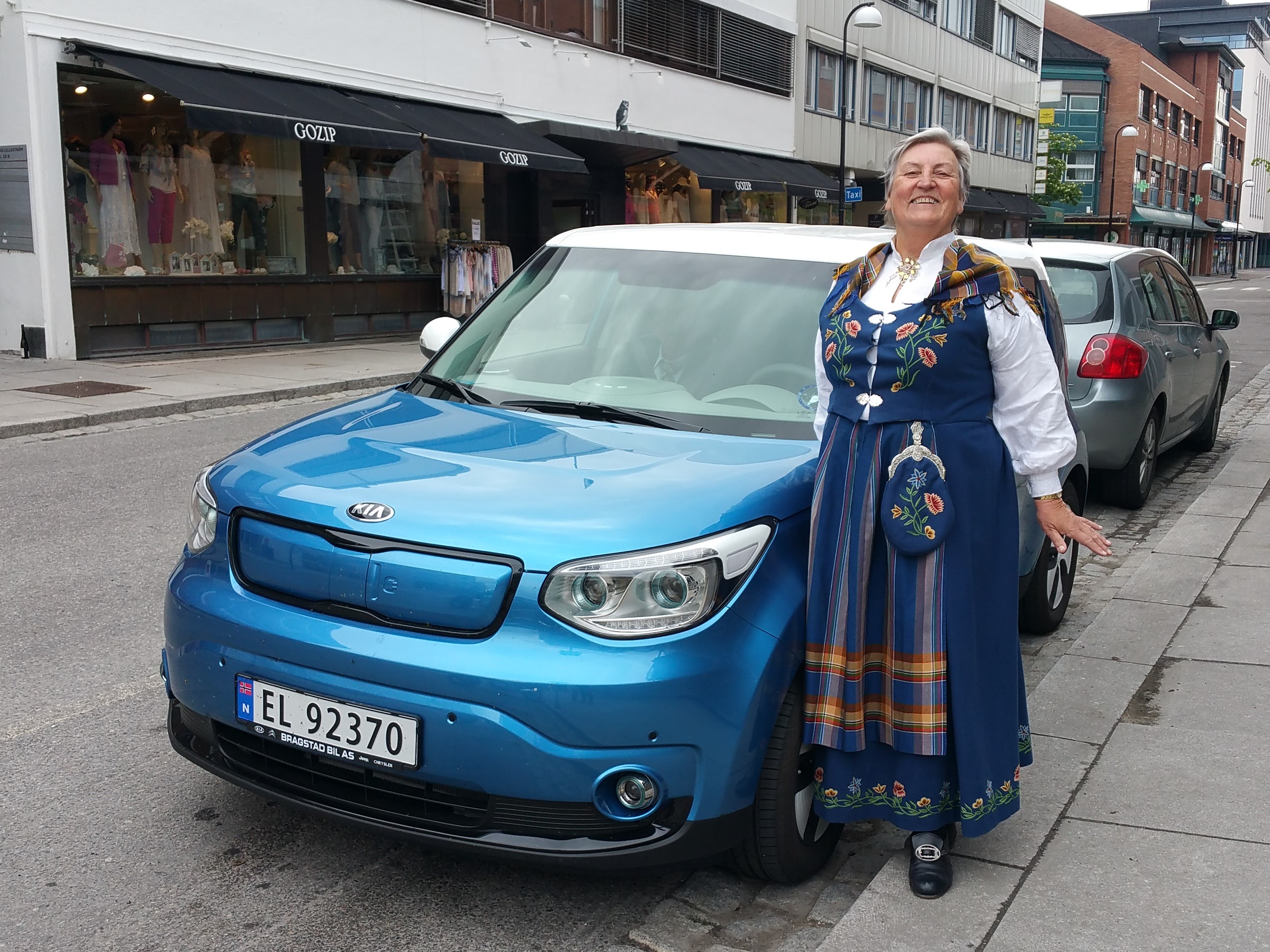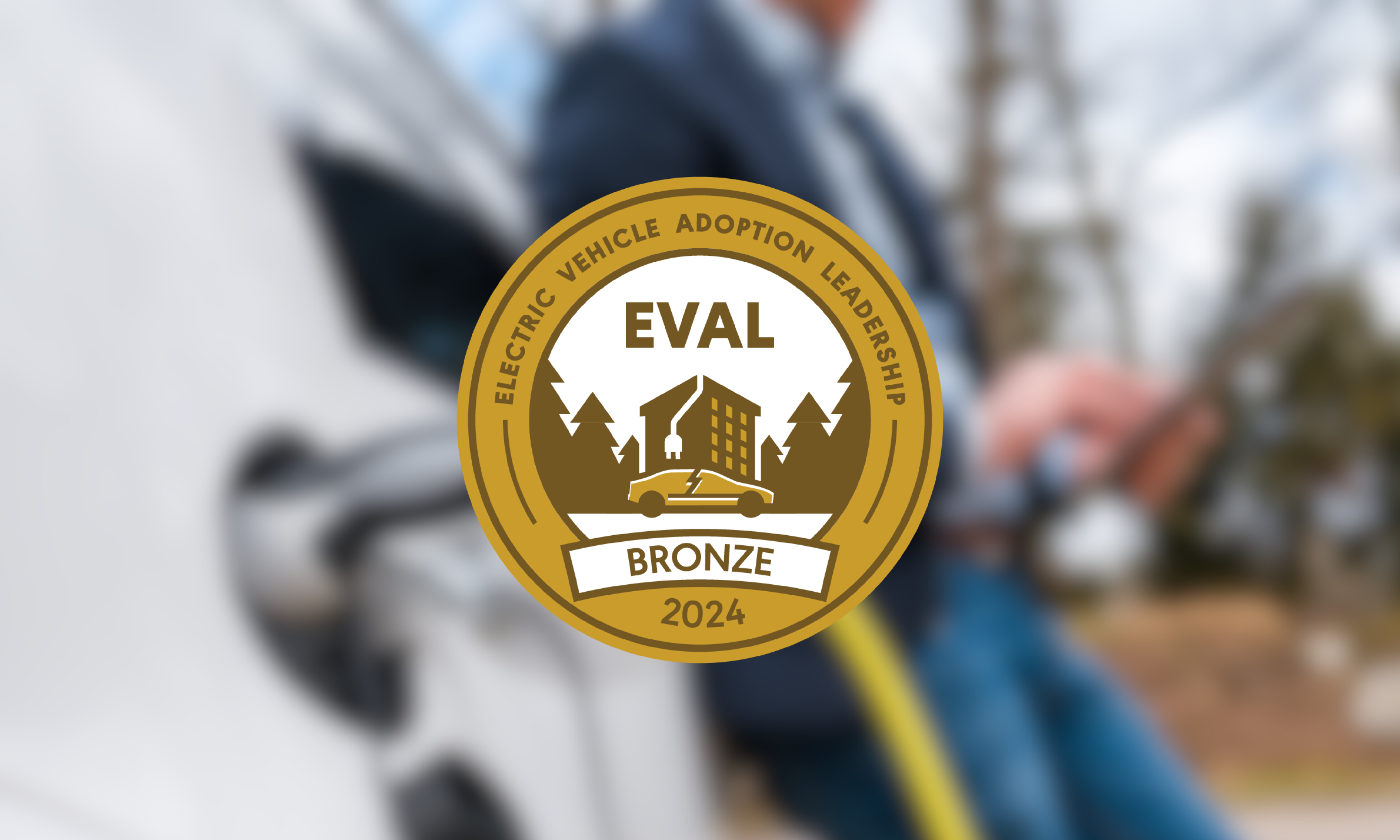I have just returned from attending the Nordic EV Summit in Oslo, Norway. Remarkably, more than 700 people attended from 33 countries to learn about what has been achieved with electric vehicles in Norway.
The conference was hosted by the Norwegian Electric Vehicle Association, TU, Electric Mobility Norway, and Nordic Energy Research and included representatives from electric car driver associations in Belgium, Costa Rica, Denmark, Germany, New Zealand, Scotland, and Sweden. Who knew that Plug In America had so many brothers and sisters around the globe?
Norway has been a leader on electric cars ever since Th!nk, a Norwegian all-electric car company founded in the 1990s. But the Norwegians have continued to push ahead as world leaders on electric cars and with that push, its market has grown steadily. In December, for the first time, more than 50% of all cars sold in the country were plug-ins or hybrids. They have now moved well beyond the early adopters phase and into the mass-market segment, the only country in the world to do so. And this has all happened relatively quickly.
Norway has achieved this, in part, through generous benefits for EV drivers. They are exempt from VAT (sales tax), import tax, parking fees, tolls, and ferry charges. Gasoline is also exorbitantly expensive. With all of these benefits, they have roughly equalized the cost of EVs and gasoline cars. In my discussions with authorities on the Norwegian EV market, they argued that there are two take-away lessons for other countries. First, when EVs compete on a truly level playing field with other cars, sales can quickly take off and move into the mass market, and second; the whole argument that EVs are not practical in a cold, northern climate is baloney.
First, when EVs compete on a truly level playing field with other cars, sales can quickly take off and move into the mass market, and second; the whole argument that EVs are not practical in a cold, northern climate is baloney.
The country has a goal to be the first in the world to eliminate sales of new combustion engine cars, by 2025, and it seems likely that they will succeed. Interestingly enough, Norway currently has no domestic auto industry. All cars are imported—and the importers have not been able to keep up with demand. Dealers are rarely able to keep vehicles on the lot, so Norwegians are used to ordering their EVs and waiting—sometimes a year or two—to get their cars. OFV estimates the waiting list for cars expected to be delivered this year is already 33,000, about the same as total sales in 2017, suggesting that 2018 will be another banner year for EVs in Norway and keep them on track for their gasoline car phase out.

Slide from Christina Bu (NO) Secretary General, Norwegian EV Association presentation at Nordic EV Summit in Oslo, Feb 2018
Check out this Norwegian EV Association presentation from the conference with more data on Norway’s electric car market.
Editor note: Corrections made to the name of the slide presenter in the caption and the abbreviation for Norwegian EV Association. Edits now include a full range of presenters, TU, Electric Mobility Norway, and Nordic Energy Research as well as Norwegian EV Association.


